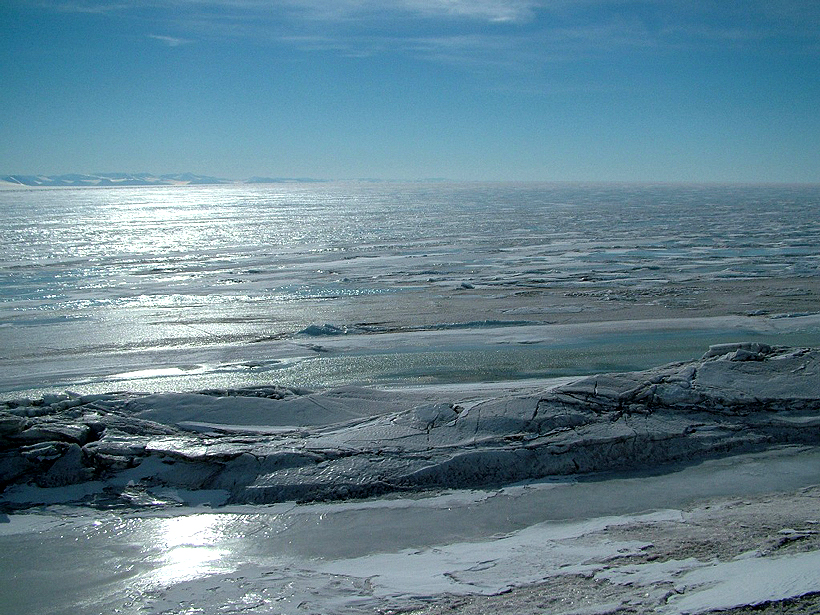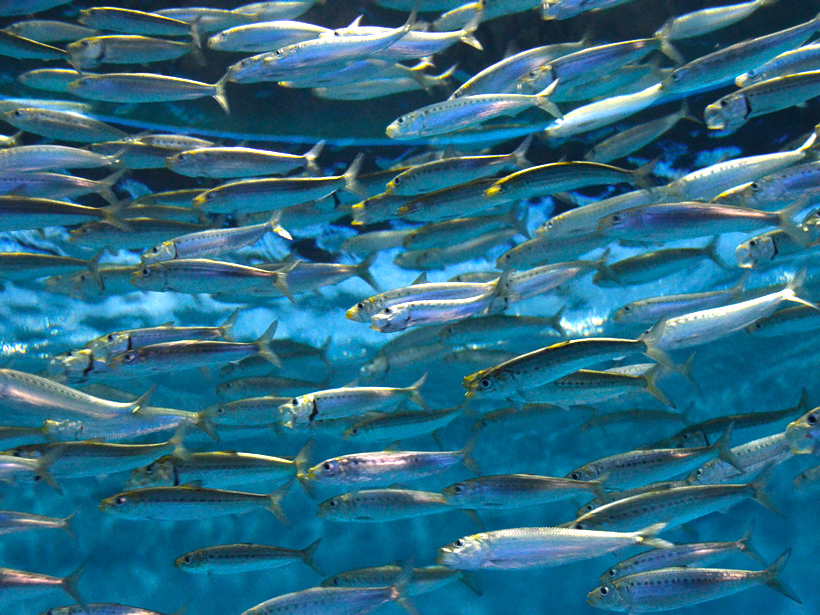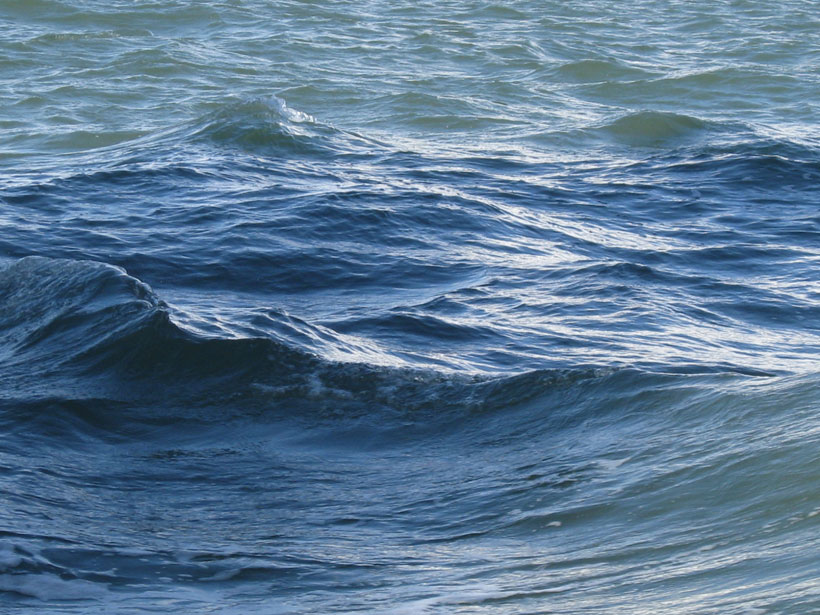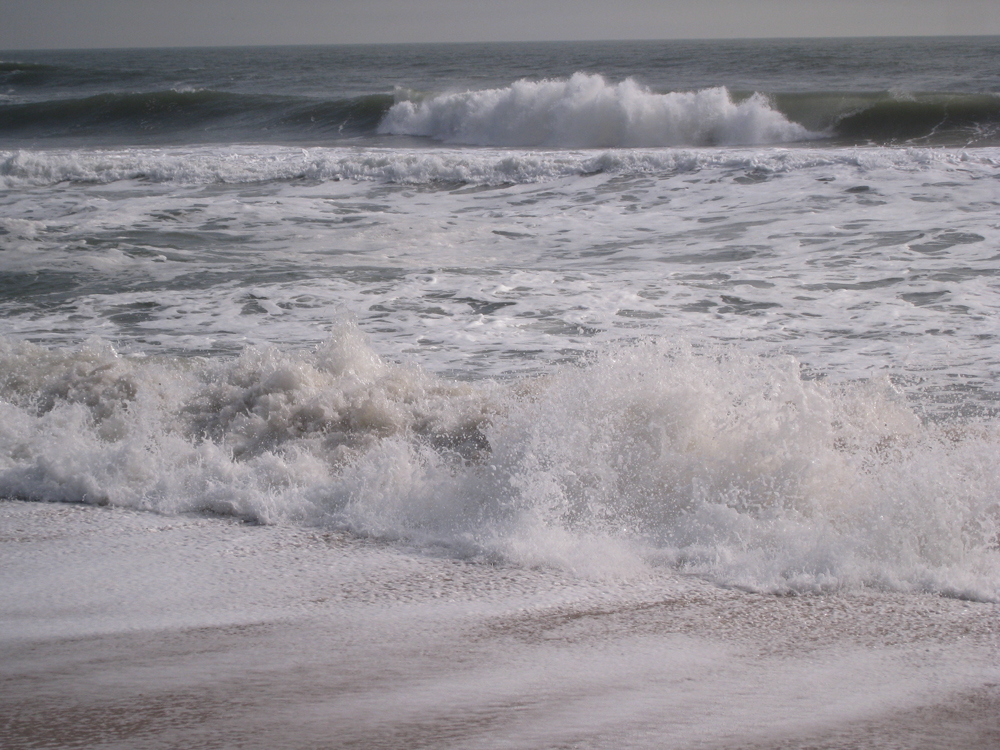Supercooled water contributes to sea ice growth in Antarctica.
Journal of Geophysical Research: Oceans
Posted inResearch Spotlights
Survival of Young Sardines Flushed Out to Open Ocean
Despite favorable conditions within eddies and streamers that form ideal habitats for larval sardines, the young fish may not survive when flushed into the open ocean.
Posted inResearch Spotlights
Fluctuations in Atlantic Meridional Overturning Circulation
Variations in large-scale convection in the Atlantic Ocean are likely driven by wind.
Posted inResearch Spotlights
Nearshore Internal Bores Increase Hypoxia Risk
Researchers head to the field to investigate the causes of low-oxygen waters in coastal aquatic environments.
Posted inResearch Spotlights
Reading Backscatter from Near-shore Ocean Waves
Researchers use radar wave scattering properties of nearshore waves to studying shoreline dynamics.
Posted inAGU News
New Editors for AGU Journals
AGU announces new editors for several of its journals.
Posted inResearch Spotlights
Contribution of Weddell Gyre to Global Overturning Circulation
How much does the Weddell Gyre contribute to the Global Overturning Circulation?




